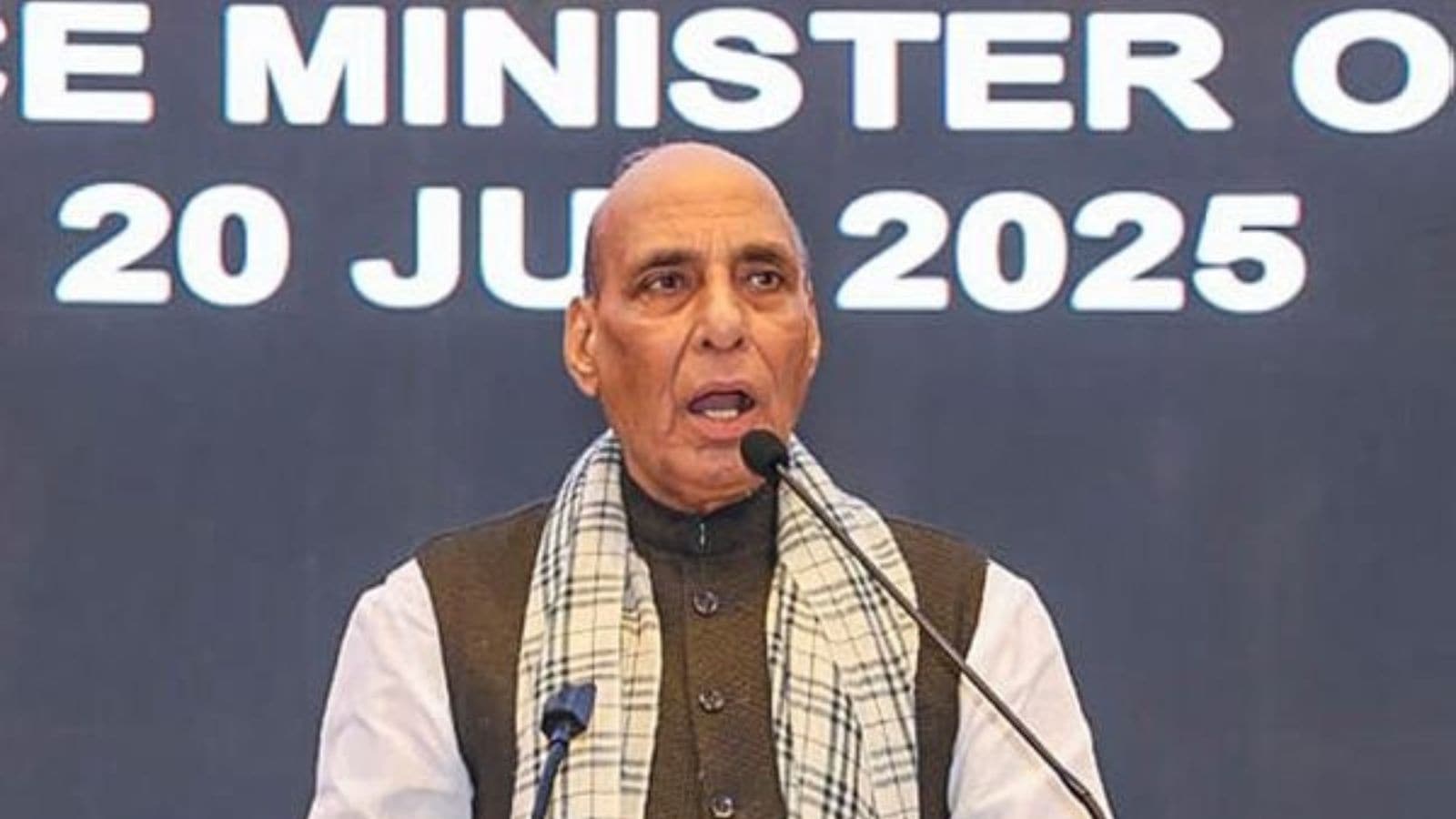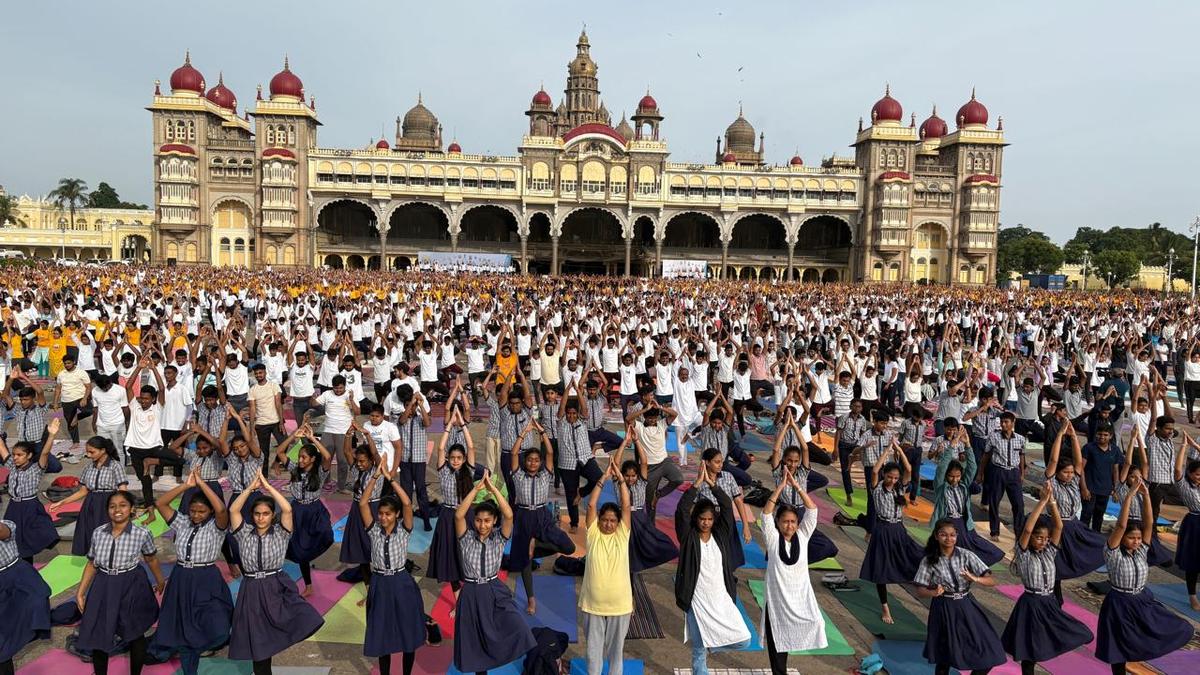A recent show-cause notice issued by the National Medical Commission (NMC) to 26 government medical colleges in Telangana has raised alarm across academic and administrative circles, reigniting the debate over the State’s aggressive push to expand medical education infrastructure without proportionate investment in attached hospitals, faculty, and diagnostic facilities.
The NMC’s notice, which flags deficiencies in infrastructure, clinical material, and teaching personnel, comes as part of its routine annual assessment of medical institutions across the country.
Speaking to The Hindu, Telangana’s Director of Medical Education (DME) A. Narendra Kumar said: “The NMC reassesses all medical colleges every year. This year, government colleges in almost all States, including Andhra Pradesh, Tamil Nadu, and West Bengal, have received notices. It is part of a re-evaluation exercise focused on strengthening medical education by reviewing infrastructure, manpower, clinical data such as OP and IP numbers, number of surgeries, deliveries, and cadavers used for teaching.”
The process is not aimed at reducing MBBS seats or de-recognising institutions, but at identifying areas for improvement. “This is to enhance our structures and ensure better quality of medical education,” he added.
As part of the compliance process, Telangana’s Health Secretary Christina Z. Chongthu and the DME will appear before the NMC in person, while principals of the 26 medical colleges have been asked to participate via video conference.
Telangana currently has 34 government medical colleges, out of which medical colleges, including Gandhi Medical College, Osmania Medical College, Rajiv Gandhi Institute of Medical Sciences (RIMS) Adilabad, Government Medical College Nizamabad, Government Medical College Maheshwaram, Government Medical College Yadadri and Government Medical College Vikarabad, have been excluded from the notice. The remaining 26 have been asked to respond to the NMC’s concerns.
A senior government doctor, speaking on the condition of anonymity, attributed the situation to both past and present political leadership. “Between 2016 and 2024, the State announced 29 new government medical colleges. That is an unprecedented pace. Of course there will be gaps, whether in faculty strength, clinical material, or infrastructure. These are not problems that can be resolved overnight,” the doctor said.
“The intake of number of students is not equivalent to the number of beds available in the government hospital attached to the medical college. How will students learn clinical skills in such conditions? And how will patients benefit from these institutions?” the doctor asked.
The doctor also questioned the NMC’s role in the situation. “The NMC was quick to grant permissions without adequately weighing the long-term challenges. Now that the colleges are operational, the regulator is stepping in to question why proper facilities are not in place. There should have been a more thoughtful approval process in the first place,” the doctor added.
Published - June 15, 2025 07:14 pm IST



.png)
.png)
.png)
















 5 days ago
4
5 days ago
4










 English (US) ·
English (US) ·